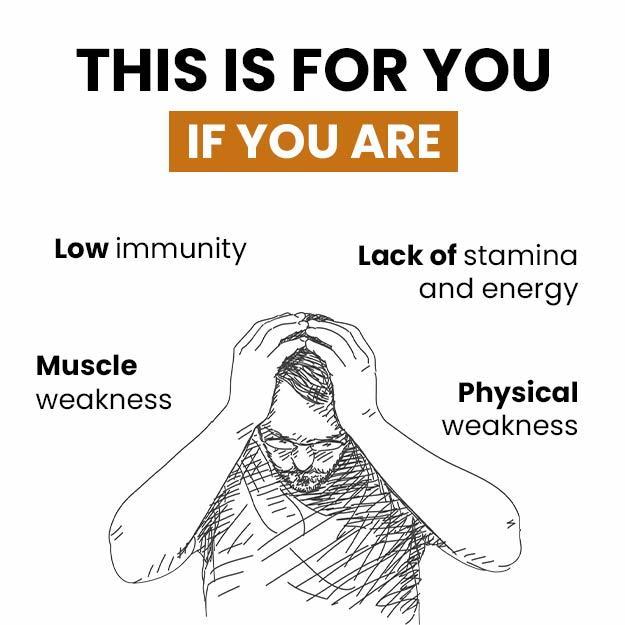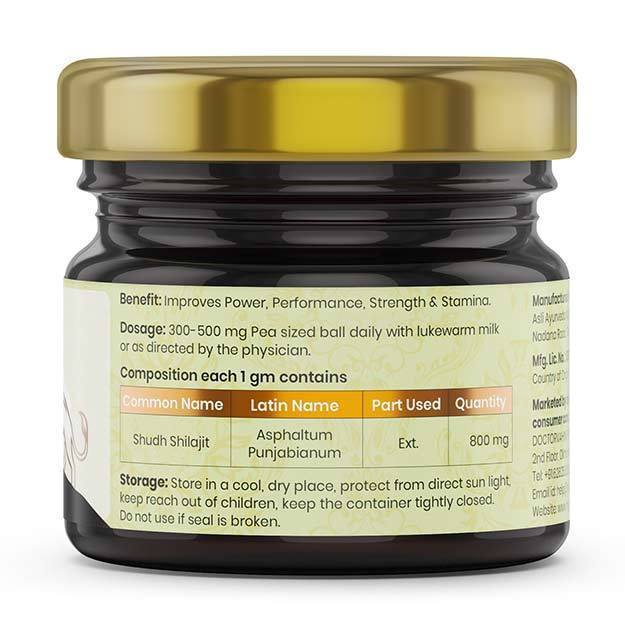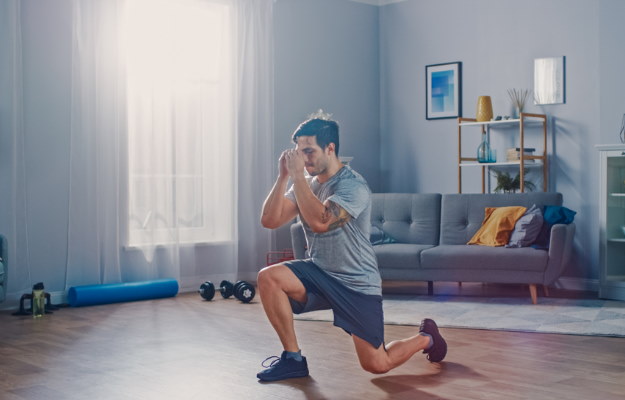Leg muscles are considered to some of the hardest to develop in comparison to some parts in the upper body. Because of the continuous movements our legs make throughout the day, keeping them in good health and shape becomes paramount. Exercising the legs also allows you to improve blood circulation in the body, especially when one spends a majority of the day sitting at their work desks, and even after returning home from a hard day's work.
The quadriceps or the front thigh muscles are notoriously difficult to develop or tone. If you walk a lot on a daily basis and your legs start hurting at the end of the day, you must exercise your legs. The leg extension is a great exercise to shape your quads and strengthen your thigh muscles, which can help take the pressure off the knees.
Leg extensions can be added to every leg workout. If your goal is muscle growth and build strength in the quad muscles, then an isolated exercise like leg extensions can do the job for you. While it became popular among bodybuilders in the later half of the 20th century, the machine's development and invention remains disputed, although most of them point to Jack Lalanne, who is also credited with devloping the Smith machine and popularising jumping jacks.
This exercise consists of two basic movements: bending and straightening the leg from the knee. Usually, performing an exercise with equipment increases the risk of injuries, but with this basic movement and an easy machine makes it a popular one among gym-goers.
Also read: Anterior Cruciate Ligament (ACL) injury






























